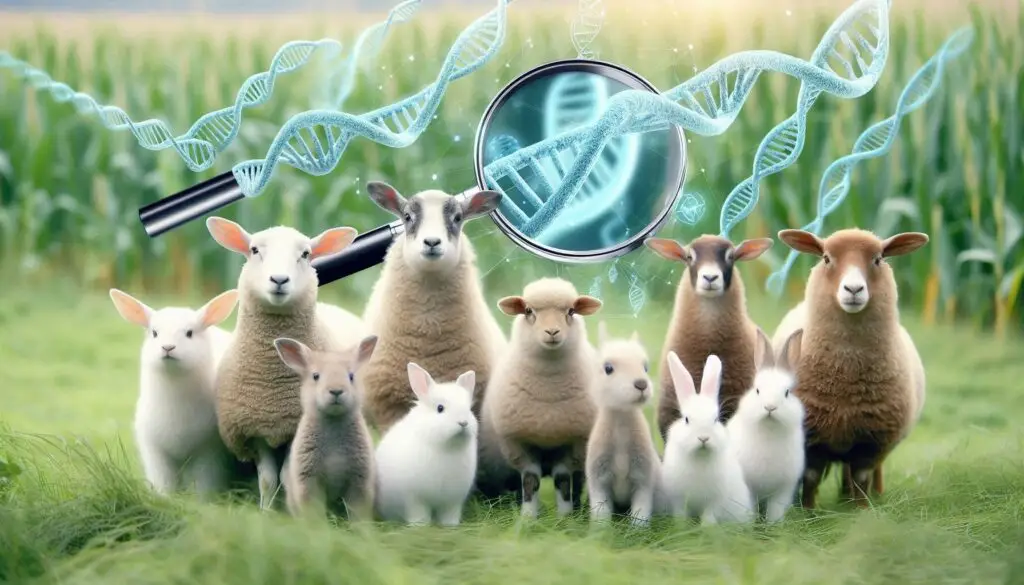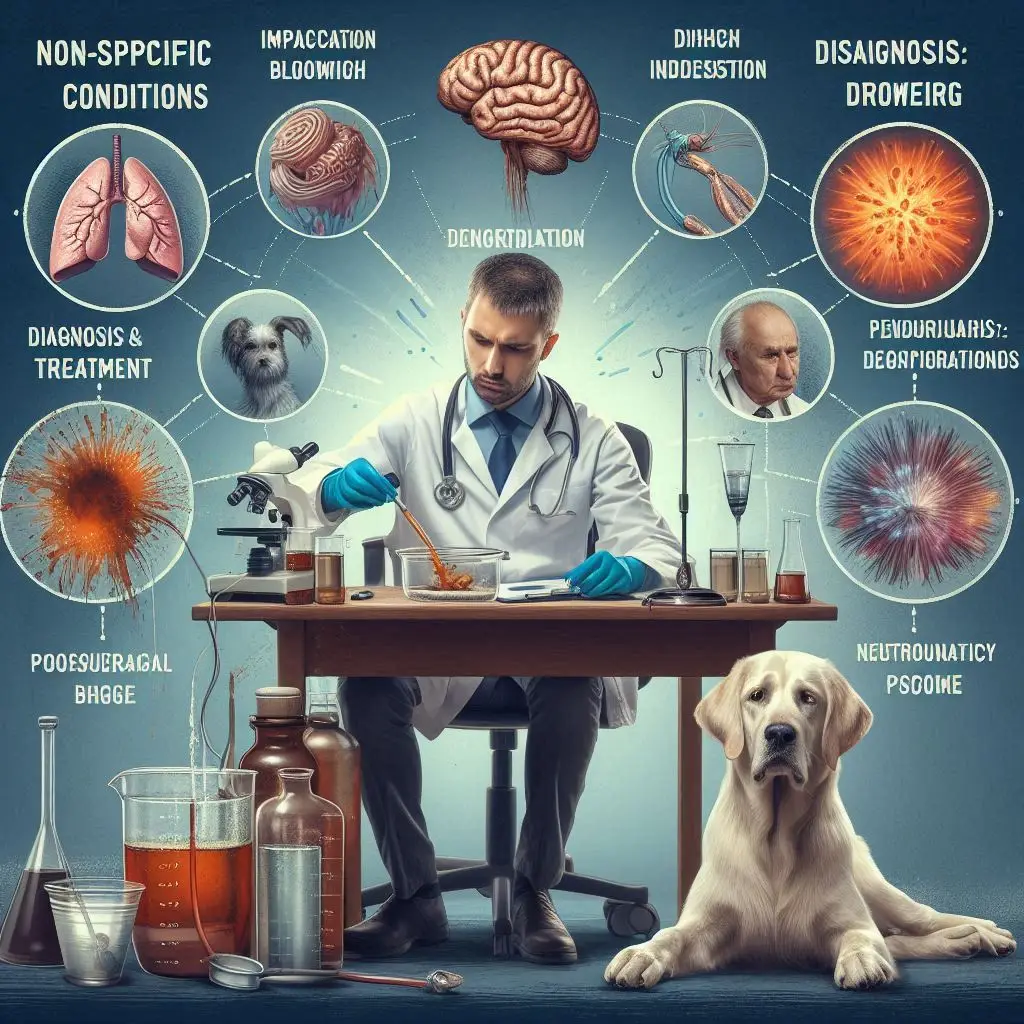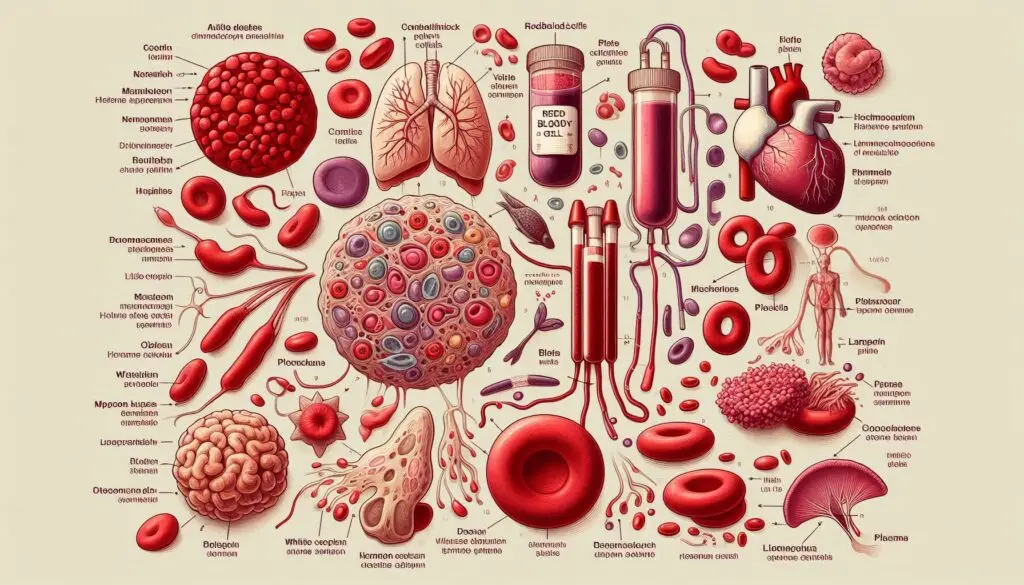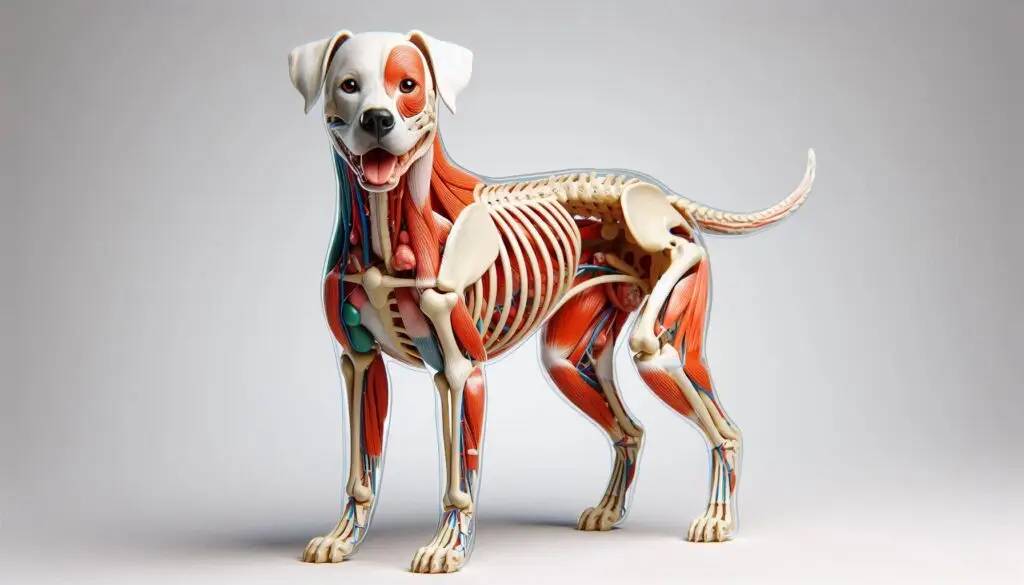Epilepsy in Animals

Epilepsy is a neurological disorder that leads to repeated seizures or convulsions. It affects not only humans but also animals, including pets like dogs and cats, as well as livestock such as cattle and horses. Recognizing and managing epilepsy in animals is crucial for their well-being.
What is Epilepsy in Animals?
Epilepsy in animals results from abnormal electrical activity in the brain, leading to seizures. These seizures can vary in intensity and duration. Some animals experience mild, barely noticeable episodes, while others suffer from severe convulsions that require immediate attention.
Types of Epilepsy in Animals
- Idiopathic Epilepsy: Often inherited and commonly seen in certain dog breeds.
- Structural Epilepsy: Caused by conditions such as brain tumors, trauma, or infections.
- Reactive Seizures: Triggered by metabolic disorders or exposure to toxins.
Causes of Epilepsy in Animals
Several factors contribute to epilepsy in animals. Understanding the root cause helps in effective treatment and management.
- Genetic Predisposition: Some breeds, like Beagles and German Shepherds, have a higher risk of idiopathic epilepsy.
- Brain Abnormalities: Structural issues, such as tumors or brain injuries, can lead to seizures.
- Metabolic Disorders: Conditions like low blood sugar or liver disease can cause reactive seizures.
- Toxic Exposure: Chemicals, pesticides, and certain foods can trigger seizures in susceptible animals.
Diagnosing Epilepsy in Animals
Accurate diagnosis involves a detailed approach, including clinical history, laboratory tests, and imaging techniques.
History and Clinical Findings
Veterinarians start with a thorough review of the animal’s medical history, noting seizure frequency, duration, and potential triggers.
Laboratory Tests
- Blood, urine, and stool tests rule out infections and metabolic disorders.
- Learn more about laboratory diagnostics in animals.
Cerebrospinal Fluid (CSF) Examination
This test helps detect infections or inflammations affecting the central nervous system.
Imaging Techniques
- X-rays, EEG (electroencephalogram), and MRI scans help identify structural brain abnormalities.
- For more on veterinary imaging, visit American College of Veterinary Radiology.
Treatment of Epilepsy in Animals
Managing epilepsy requires a combination of medical and environmental strategies.
General Management Measures
- Prevent constipation, as it can trigger seizures.
- Provide a safe space to minimize self-inflicted trauma during convulsions.
Medical Treatment
- Phenobarbitone: Commonly prescribed for controlling grand mal seizures.
- Sodium Valproate: Effective for managing petit mal seizures.
Long-Term Management Strategies
- Routine veterinary check-ups.
- Maintaining a consistent medication schedule.
- Monitoring for potential side effects.
Impact of Epilepsy on Different Animals
Epilepsy affects different species in unique ways:
- Dogs and Cats: Idiopathic epilepsy is most common. Some breeds are more prone to seizures.
- Cattle: Metabolic disorders, such as hypomagnesemia, often cause seizures.
- Horses: Epileptic episodes are usually linked to head injuries or infections.
Living with an Epileptic Animal
- Maintain a Seizure Diary: Record details like frequency, duration, and triggers.
- Avoid Known Triggers: Reduce stress and keep a stable routine.
- Provide a Safe Environment: Remove sharp objects and cushion hard surfaces to prevent injury.
Further Reading and Resources
Conclusion
Epilepsy in animals is a manageable condition with early diagnosis, proper treatment, and ongoing care. If your pet or livestock shows signs of seizures, consult a veterinarian immediately to ensure their health and quality of life.
More From Animal Diseases:
Fatty Liver Syndrome





Responses